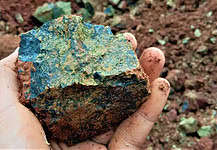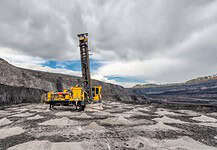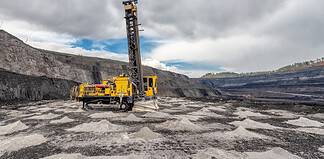Thick-skinned
DICEROS bicornis might sound like a chemical compound found in a polyurethane formulation but it is, in fact, the Latin name for a Black Rhino – the beast with an incredibly tough hide.
Rhino Linings were named after these thick-skinned juggernauts and the name aptly describes their range of protective coatings.
Two-part, spray-applied, high build polyurethane was developed in the US in the early 80s to protect the beds of pickup trucks – the highest selling vehicles in America for many years.
Russell Lewis, the founder of Rhino Linings Corporation in the US, was a pioneer in this process and perfected the technology and spray equipment for the application of two-part high build polyurethane.
He recognised the benefit of the product and its ability to resist the rigours of wear and abuse in pickup beds, long before the advent of drop-in plastic liners (also known as ‘load accelerators’ to those in the trade).
Rhino Linings Corporation started operations in the USA in 1988 and Australia in 2001.
In the early to mid-90s, spray-applied pure and hybrid polyurea coatings were developed in the USA and released to industry as a new product. On the other side of the world, in Australia, Polychem on the Gold Coast saw the opportunity to expand into this range of products before joining Rhino Linings.
It was the Australians who took the lead when it came to designing and building safe and cost-effective, hydraulically-driven, analogue spray equipment to suit the application of these polyurea coating systems. So, just as the US had supplied Australia with polyurethane spray technology, Polychem reciprocated by supplying its polyurea equipment to the US and joined Rhino Linings Corporation as Rhino Linings Australasia Pty Ltd.
Now, polyurethane coatings, like Rhino’s ute protection, can be applied at room temperature and the two-part mix will cure in 15-25 seconds. Polyurea however, and particularly Pure Polyurea, is a different creature altogether and must be pre-heated to 60 degrees Celsius before it can be applied.
It cures in five to seven seconds and is not affected by humidity. Each component of the two-part mix is stored in a specially made, sealed 200l drum and a pump station circulates each part separately through a heater (including the hoses to the spray gun) until they are both up to temperature. This typically takes half an hour.
Once up to temperature, the modern-day Graco-designed solid state electric and/or hydraulically-driven pump systems apply between 2500 and 3000psi of pressure to the two parts, and they are mixed in the gun before being sprayed onto the prepared surface.
The brilliance of this type of spray system is that after the job is finished, the system can be allowed to cool and because the two parts are only mixed at the gun, the unused portions of each drum are uncontaminated and are free to be used at any time in the future on the next job. Even the gun does not require flushing.
The coverage is also superb because a total of 400l (200l of each part) will cover 400m2 with a 1mm coating thickness.
Rhino Linings Pure Polyurea is also highly chemical-resistant and some versions have added flame retardants for specialised applications.
The Rhino Pure Polyurea family of products are hard wearing, chemically-resistant and tough, yet flexible in some versions.
It is well-suited to chutes, buckets and concrete clarifier tanks.
In the case of concrete tanks, the optimal application time is before the tank is put into service as the coating bonds with the concrete and prevents any leaching of chemicals into the substrate once applied.
Because polyurea cures so quickly it can be applied to a tank, which can then be returned to service within 12 hours.
The Australian-manufactured Pure Polyurea PP1195 coating is seamless (like all of these coatings), will not separate from the concrete, will not catch or interfere with the rotating arms in a clarifier tank and has a tensile strength in excess of 3200psi.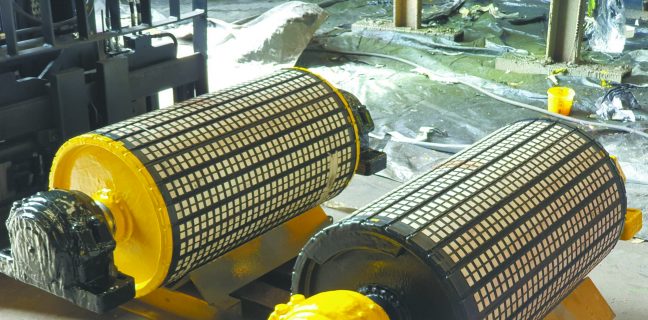
Mine site engineers have recognised the long-term benefits of Rhino’s polyurea coatings too, when it comes to the life of chemical storage bunds.
Acids, alkalis, fuels and harmful chemicals soon seep into unsealed concrete bunds and eventually make their way into the subsoil – hardly an environmentally acceptable situation.
Once again, the best option is to coat these bunds before they are used so that the coating can bond with the concrete from the outset for a perfect impervious seal that will offer total chemical resistance for many years in most applications.
Polyurea is also ideally suited for the corrosion and impact protection of steel structures and tanks.
To say that Rhino’s thick-skinned ute lining is versatile is a masterpiece of understatement.
Apart from offering years of scratch, dent and rust protection to tens of thousands of pickups and utes around the world, it also has anti-ballistic properties and that is why it is used on the rear doors of Chinook helicopters and applied to body-armour.
Compared to these applications, protecting the underside of mud guards on mining equipment or coating fuel and oil tanks is a walk in the park.
An interesting case history of Rhino’s polyurethane ute lining is its application to conveyor rollers in the hot and acrid environment of WA’s salt mines.
These rollers can vary from 600mm in diameter, 2m in length and 4t in weight to 3m in diameter, 5m ling and 15t in weight.
The end plates on these rollers work hard under load. They have a drive mechanism and a shaft at each end and the bolts that hold these plates in place are subject to dust, salt, water and vibration.
This is the perfect storm for bolt failure as tiny stress fractures eventually form and the ingress of salt and water causes corrosion inside the bolt shaft, which ultimately leads to the bolt failing under the tensile load.
In many cases, the rollers would fail in as little as a year and when that happened the whole conveyor went down and the line was out of service – a costly exercise.
However, when the Rhino Lining’s Tuff Stuff spray-applied polyurethane was applied, in the field, to these end plates, it was able to coat all the nooks and crannies and provide a flexible, corrosion resistant coating that prevented all the contaminants – especially salt and water – from reaching the bolts in question.
As a result, those end plates have not failed since the coating was applied over six years ago. A remarkable result in such a savage environment.
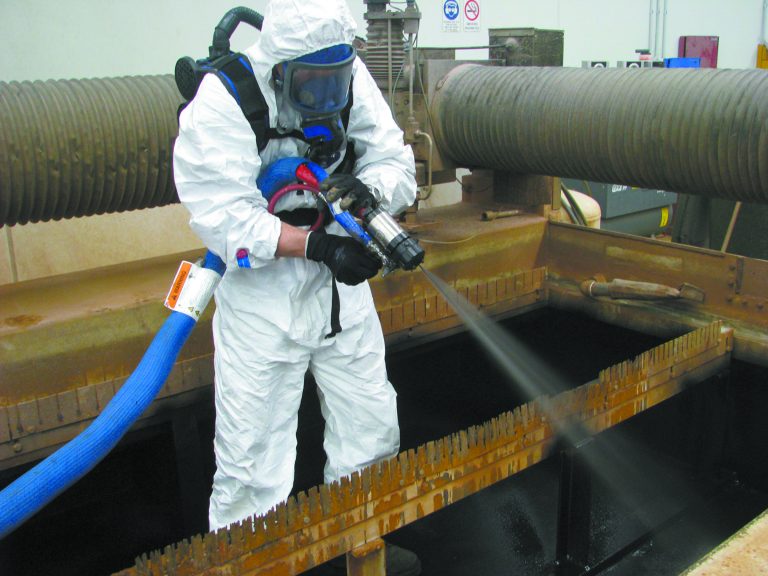
Another coating yielding impressive results in the concrete construction arena is Rhinothane Hard Coat.
This is a hard, tough, solid plastic type coating that is typically applied to styrofoam and used as a core filling in bridges and numerous other concrete structures.
The Rhinothane coating prevents the styrofoam from collapsing under the weight of the concrete, and when the coated foam component is set in place it can serve as a former for reinforcing steel and also saves on the amount of concrete required for the job. This is another cost saving resulting from a clever coating.
Rhino Linings can supply the equipment, parts, primers, products, training and tech support for the application of polyurea coatings.
It is the only company in Australia that manufactures in Australia and it frequently produces big batches of polyurea and polyurethane, nearly every week, and truck it to customers around the country and overseas.
Its other manufacturing plant is in Texas, which means it also has the capability to ship internationally.
Rhino’s linings may be thick-skinned but the company is still sensitive to their customer’s needs.
More information:
Rhino Linings Australasia Pty Ltd.
1300 88 77 80.
www.rhinolinings.com.au



